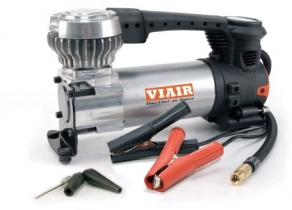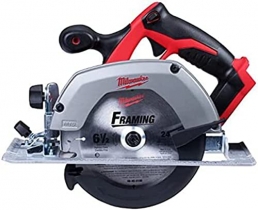-
Welcome to Tacoma World!
You are currently viewing as a guest! To get full-access, you need to register for a FREE account.
As a registered member, you’ll be able to:- Participate in all Tacoma discussion topics
- Communicate privately with other Tacoma owners from around the world
- Post your own photos in our Members Gallery
- Access all special features of the site
Pragmatic Overland Build (VO Drifter)
Discussion in '2nd Gen. Builds (2005-2015)' started by MapJunkie, Nov 16, 2019.
Page 1 of 2
Page 1 of 2


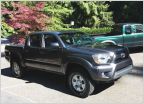 Nine3's 14 DCSB TRD OR Supercharged Build
Nine3's 14 DCSB TRD OR Supercharged Build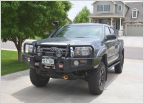 All Beef Taco’s 2010 Tacoma Build
All Beef Taco’s 2010 Tacoma Build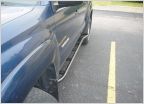 Kinetik873's Overland buildup..."Project Kristen"
Kinetik873's Overland buildup..."Project Kristen"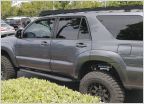 TacoRuthes Supercharged Weekend Warrior
TacoRuthes Supercharged Weekend Warrior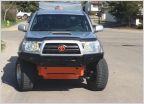 ALBtacoma build
ALBtacoma build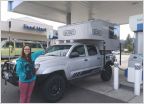 Ryan's Tacoma Build and Adventures Thread
Ryan's Tacoma Build and Adventures Thread





